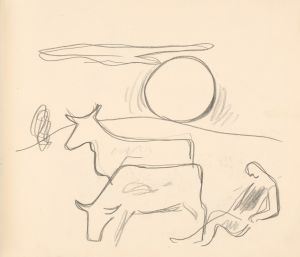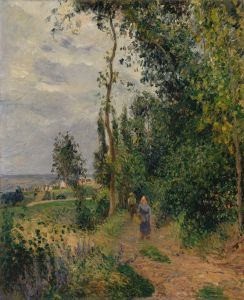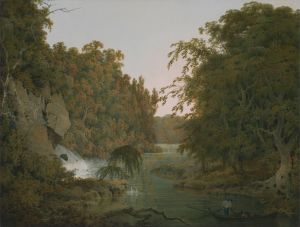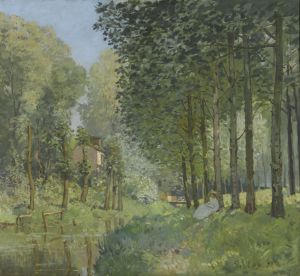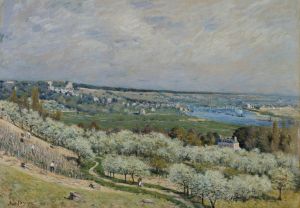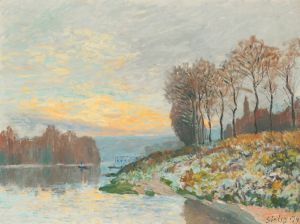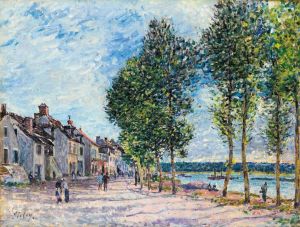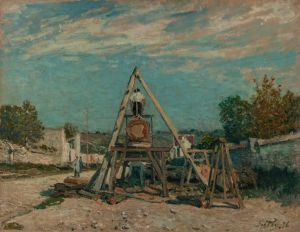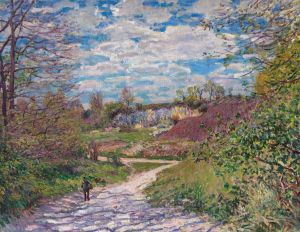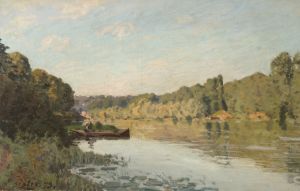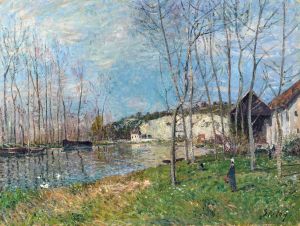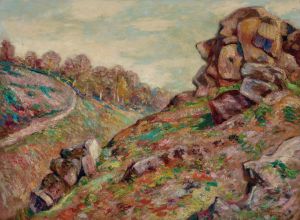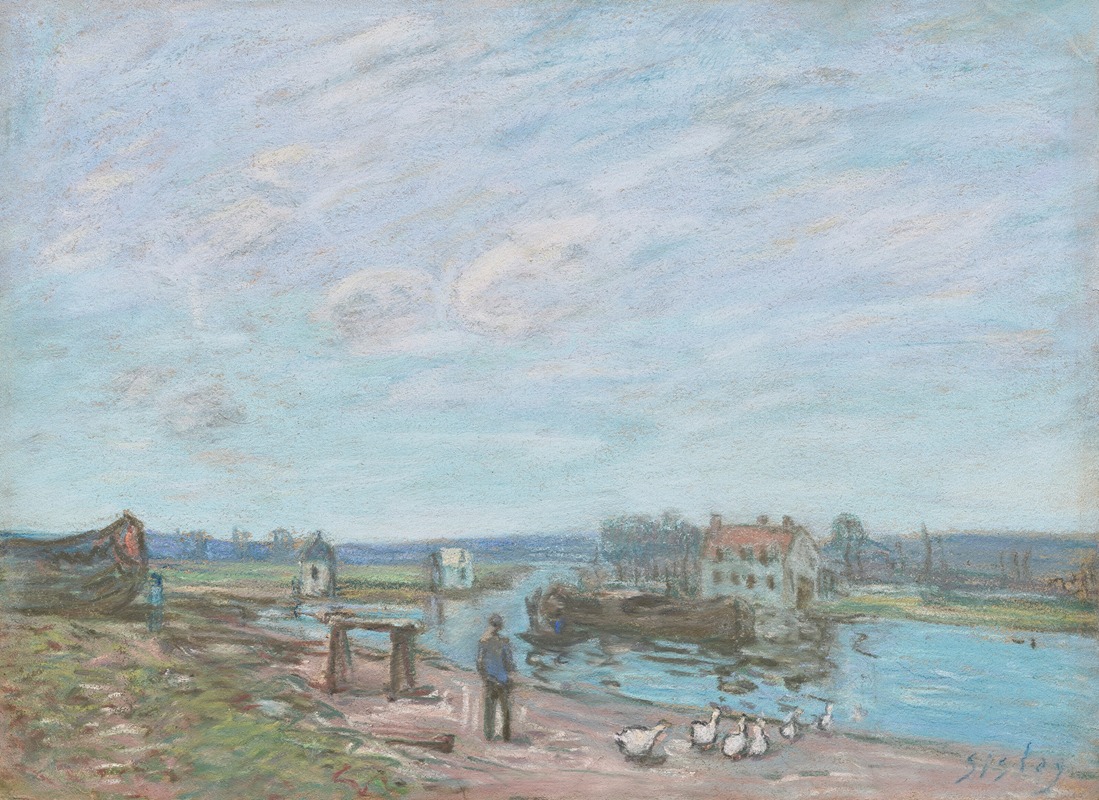
Les oies à Saint-Mammès
A hand-painted replica of Alfred Sisley’s masterpiece Les oies à Saint-Mammès, meticulously crafted by professional artists to capture the true essence of the original. Each piece is created with museum-quality canvas and rare mineral pigments, carefully painted by experienced artists with delicate brushstrokes and rich, layered colors to perfectly recreate the texture of the original artwork. Unlike machine-printed reproductions, this hand-painted version brings the painting to life, infused with the artist’s emotions and skill in every stroke. Whether for personal collection or home decoration, it instantly elevates the artistic atmosphere of any space.
Alfred Sisley, a prominent Impressionist painter, created "Les oies à Saint-Mammès" (The Geese at Saint-Mammès) in 1885. This painting is an example of Sisley's dedication to capturing the natural beauty of rural France, particularly the landscapes and scenes around the Seine River. Saint-Mammès, a small commune located at the confluence of the Seine and Loing rivers, was a frequent subject in Sisley's works during the 1880s. The area’s tranquil environment and picturesque surroundings provided the artist with ample inspiration for his plein air painting.
"Les oies à Saint-Mammès" depicts a serene riverside scene featuring a group of geese near the water's edge. Sisley's characteristic use of light and color is evident in the painting, as he skillfully captures the interplay of sunlight on the water and the surrounding landscape. The loose, fluid brushstrokes typical of Impressionism are used to convey the movement of the geese and the gentle ripples in the water. The composition reflects Sisley's ability to balance detail with a sense of spontaneity, creating a harmonious and peaceful atmosphere.
Sisley’s choice of subject matter aligns with the Impressionist movement’s focus on everyday life and natural settings. Unlike some of his contemporaries, Sisley rarely ventured into urban scenes, preferring instead to explore the countryside and small villages. His works often emphasize the changing effects of light and weather, and "Les oies à Saint-Mammès" is no exception, showcasing his mastery in depicting the subtleties of the natural world.
The painting is now part of the collection at the Musée d'Orsay in Paris, which houses many significant works from the Impressionist and Post-Impressionist periods. Sisley’s contributions to the Impressionist movement, though sometimes overshadowed by artists like Claude Monet and Pierre-Auguste Renoir, are highly regarded for their lyrical quality and dedication to the plein air technique.
"Les oies à Saint-Mammès" serves as a testament to Sisley's ability to find beauty in simple, everyday scenes and his commitment to portraying the essence of the French countryside. The painting remains an important example of his work and continues to be appreciated for its artistic and historical significance.





